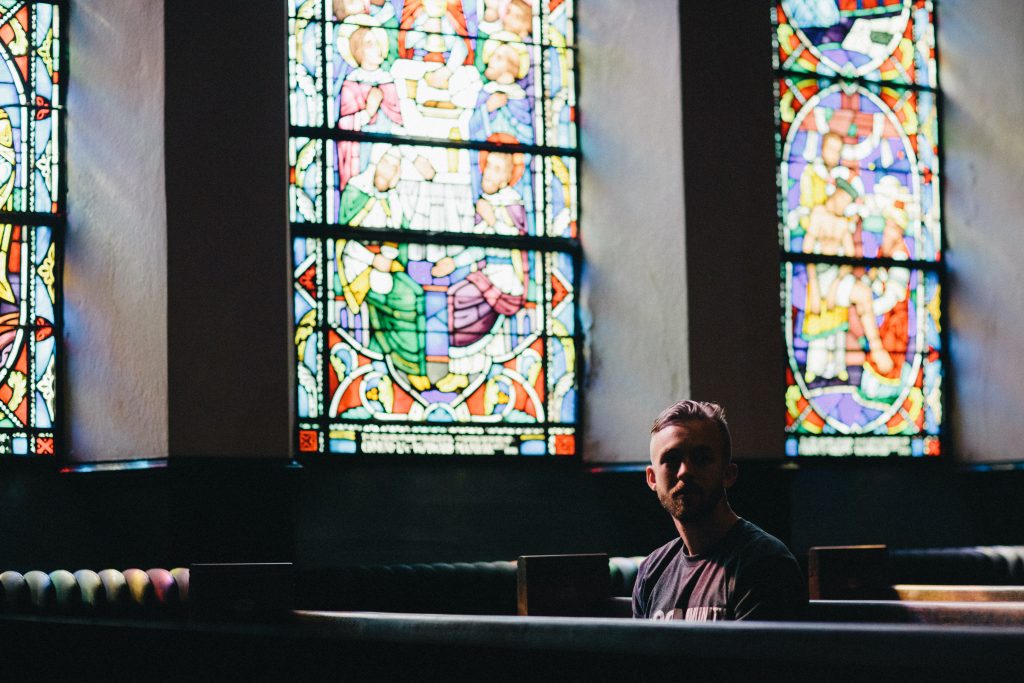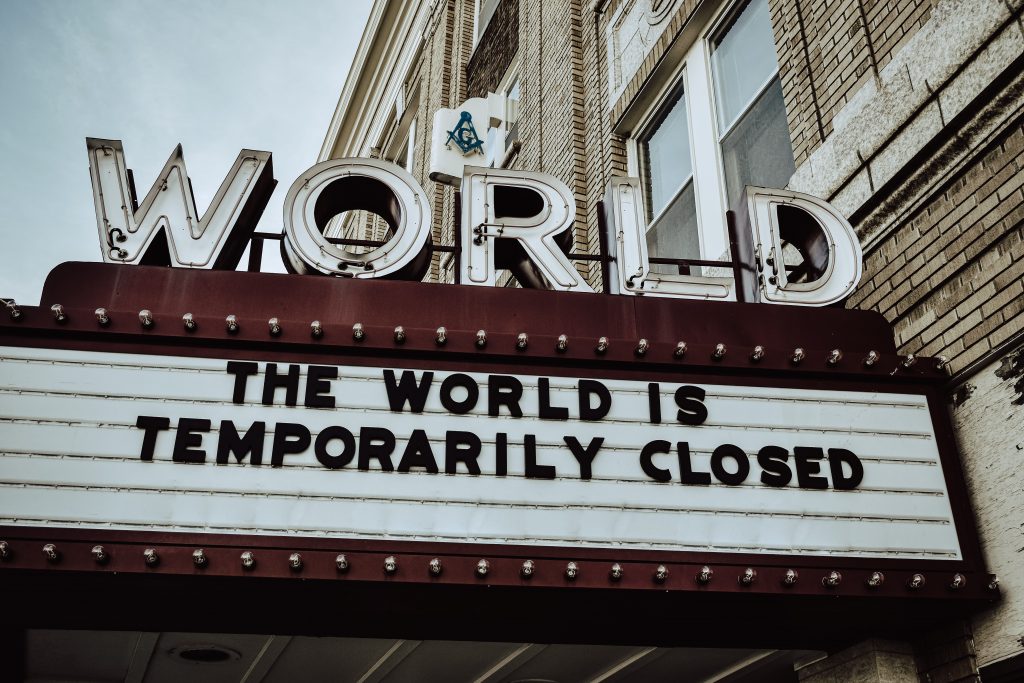Last week, I was on a video call with a 31-year-old pastor of a rural church in eastern North Carolina. When I asked how the pandemic was affecting his church and ministry, he expressed his concern. “I am afraid that we are creating a church beside the church,” he said.

Many of us became familiar with the phrase “a church within a church” during the fads of multiple services and the church-dividing worship wars. There were the first service people who attended the contemporary praise-and-worship service and there were the second service people who attended the traditional service. There was not much cross-pollination between the two groups. Some churches continue to struggle with this tension. It is a struggle of identity and of heritage vs. relevance.
That, however, is not this pastor’s concern. He is concerned about church members who were very active, “there whenever the doors were open” kinds of members. They were involved in Bible study, serving as committee members, ushers, and greeters, and music leaders. Now that the pandemic has forced churches to close until further notice, many of these members are being unintentionally excluded from the fellowship.

The “insiders” are now those who have the equipment and the technical know-how to use social media and video conference call platforms. The “outsiders” are those who do not have computers or smartphones – or who are not connected. As one elderly member of my church told me, “I’m not on Facebook and I don’t want to be on Facebook. I don’t trust it.” When I asked him if he had been watching the live streaming of our church’s services, he said he had not.
How can we keep the fellowship in a pandemic?
One way is to connect in ways that we can. Some churches that had done away with paper newsletters are reinstating them. Other churches are creating phone webs of support. Elderly members are being called each week to see how they are doing, to see if there are any needs, and – most importantly – to be reminded that they are remembered and loved.
Particularly the elderly may feel “picked on” by this pandemic. When the pandemic first revealed itself, those over 60 were termed most at risk, which made some who were much younger than that take a cavalier attitude about their own health and apathy toward others’ health. Some academicians and some politicians are even persuading our culture that things are not all that bad since so many of the pandemic deaths are nursing home residents who didn’t have much life left anyway.

My friend, Lynn Harper, has just published a book titled, “On Vanishing: Mortality, Dementia, and What it Means to Disappear.” In a recent interview on Salon, Lynn says, “Our ageism is linked to the economy. We are seeing literally elected officials talking about who is expendable. We see it outright, people talking about it openly. It’s almost as if ageism is the last -ism that is just okay. Without repercussion, people talk about it, even talking that there aren’t that many years being lost to COVID-19, even though there are a lot of lives. I don’t know how to account for the value of someone I loved, one year of their life.”
Are “church beside the church” members expendable? How is your church letting them know that is not so?
On April 17, Facebook added a new emoji, this one hugging a heart. How is your church offering virtual hugs to your members?



Serious concerns.
Walter Brueggemann (Materiality as Resistance) says “When ministry is conducted as though care for the congregants is the ultimate goal of the congregation without any missional imperative connected to it, obviously it invites passivity because we are simply on the receiving end of all the goodness of God whereas authentic gospel faith has to do with discipleship and missional mandates and extending oneself for the sake of the neighborhood.”
Maybe our missional mandates need revision at this time..
Absolutely, Carl. I am encouraged by reports from minister friends that their worship services are reaching many more people than will fit in their sanctuaries. My hope is that seekers are seeing “real churches” with “real ministers” now – not the polished, multi-millionaires with mansions and jets. Of course, there is more to missions than this – but it is one way to demonstrate to the world that God is love.